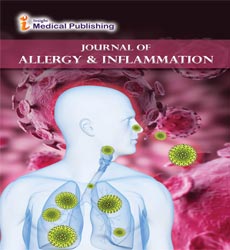Abstract
Blood path-physiological changes of women suffering from female genital schistosomiasis in parts of coastal regions of Kenya
Female Genital Schistosomiasis (FGS) apparent in vulval, vaginal and/or cervical areas has been reported from endemic areas. Studies have shown common manifestation in S. haematobium infection, with prevalence rate ranging from 30% to 75% (Steinmann, 2006). Pregnant or lactating women infected may be complicated further by malnutrition, anaemia and low immunity (Olds, 2003) resulting in more pathophysiological changes. This was a cross sectional study where a total of 394 Women of reproductive age (16 – 45 years) were recruited in the study. Urine was examined using nucleopore filtration method to diagnose S. haematobium. Blood was analysed using automated haematology analyzer. Malaria slides were examined to rule out infection. Pregnant women had higher prevalence and intensity of infection with urinary schistosomiasis than non-pregnant women. Presence of anaemia was 65.2% in pregnant women and 22.2% in non-pregnant women (Z=8.46, P<0.001) while RBC count, 52.3% in pregnant women and 14.1% in non-pregnant women (Z=6.39, P<0.001). Levels of Eosinophilia were slightly higher in infected pregnant women than infected non-pregnant women, the same was observed for thrombocytosis. In conclusion, female genital schistosomiasis causes anemia among pregnant women, as well as blood patho-physiological and this could be associated with the subtle disease progression.
Author(s):
Jimmy H. Kihara
Abstract | Full-Text | PDF
Share this

Awards Nomination
Google scholar citation report
Citations : 26
Archives of Inflammation received 26 citations as per google scholar report
Abstracted/Indexed in
- Google Scholar
Open Access Journals
- Aquaculture & Veterinary Science
- Chemistry & Chemical Sciences
- Clinical Sciences
- Engineering
- General Science
- Genetics & Molecular Biology
- Health Care & Nursing
- Immunology & Microbiology
- Materials Science
- Mathematics & Physics
- Medical Sciences
- Neurology & Psychiatry
- Oncology & Cancer Science
- Pharmaceutical Sciences
